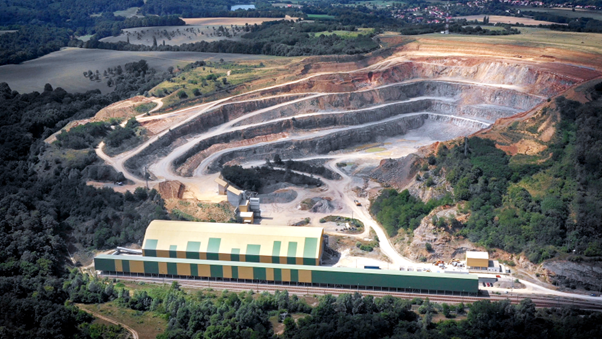InSAR (Interferometric Synthetic Aperture Radar) is a satellite-based remote sensing technology using radar waves to measure and monitor ground movement, which can provide valuable insights into the stability and safety of infrastructure. This is also particularly useful for detecting subtle changes in the ground, such as subsidence or other deformations and displacements, which can indicate potential structural issues.
Recently, DATelite, a spin-off company of University of Pécs in Hungary, completed the ESA project InSAR Services for Key Hungarian Market Sectors . The activity aimed at achieving a broader use and adoption of InSAR in the business practices of key enterprises in Hungary.
InSAR4HU: a platform addressing diverse sectors
The project developed the InSAR4HU application platform, providing customised day-to-day displacement data services to several industry and institutional partners in Hungary, active in nuclear waste management, reclamation of former mining sites, disaster prevention in relation to landslides, and cement production. The solution, based primarily on Sentinel-1 data, was designed to address the most important concerns of these sectors, with a focus on their long-term benefits and their sustainability in a national context.

Holcim’s success story
Notable for the successful engagement with stakeholders has been the cooperation with Holcim, a global leader in the cement industry who is increasingly adopting innovative and sustainable building solutions. Safety is a critical aspect of cement production, and cement plants must comply with strict safety regulations and guidelines to ensure the safety of their workers and the surrounding communities. Cement plants consist of various types of equipment and infrastructure, such as storage warehouses and silos. These must be regularly inspected and maintained to ensure they are in good condition and free from any potential hazards or risks.
Holcim Hungary Ltd. is operating a cement plant in Királyegyháza and a quarry in Bükkösd in Hungary. The plant in Királyegyháza has been working with the best available technology since 2011 and it is one of the youngest and most modern cement manufacturing facilities in Europe allowing Holcim Hungary to become one of the major cement producers serving the Hungarian construction industry.
Enhancing safety and sustainability
“We were very pleased when DATelite approached us and highlighted the advantages of Earth Observation for the monitoring of our sites,” said Tamás Hoffmann, Country Manager of Holcim Hungary. “It was not obvious how space technology could contribute to our operations, but after our requirement consolidation we could set the scene that provides practical solutions for monitoring our industrial sites and mining activity. With DATelite’s technology we are able to extend the protocols for the routine monitoring of our key infrastructure, increasing our overall awareness and ultimately, the safety and security of our sites.”
“We are very interested in reducing the effect of our mining activities on the environment. From alternative raw materials recycling to alternative fuels, sustainability is the core value that guides our business, and we are committed to becoming a net-zero company by 2050, for example by decarbonizing our buildings,” continued Tamás Hoffmann. “We also invest in numerous initiatives to support local communities and help them grow. We focus on informing in a fully transparent and fair way about all aspects of our operations that might impact them. In this respect, InSAR technology is a valuable source of independent and unbiased information that increases the credibility of our efforts to ensure our operations remain safe for the environment and our local communities.”
Looking to the future
After the completion of InSAR4HU, DATelite continues its commitment to support the industry with InSAR capabilities, e.g. through a follow-on ESA EO Science for Society activity specifically targeting the SHM (Structural Health Monitoring) community. This will aim to prepare a best-practice toolkit for implementing operational and standardised services based on EO- and non-EO data streams in support of SHM, involving key industry, trade associations and regulatory bodies that can act as multipliers, achieving a critical mass for a successful uptake of services in Hungary and beyond.
Featured image: Part of the Bükkösd extraction quarry, Hungary. Credit: Holcim Hungary.

